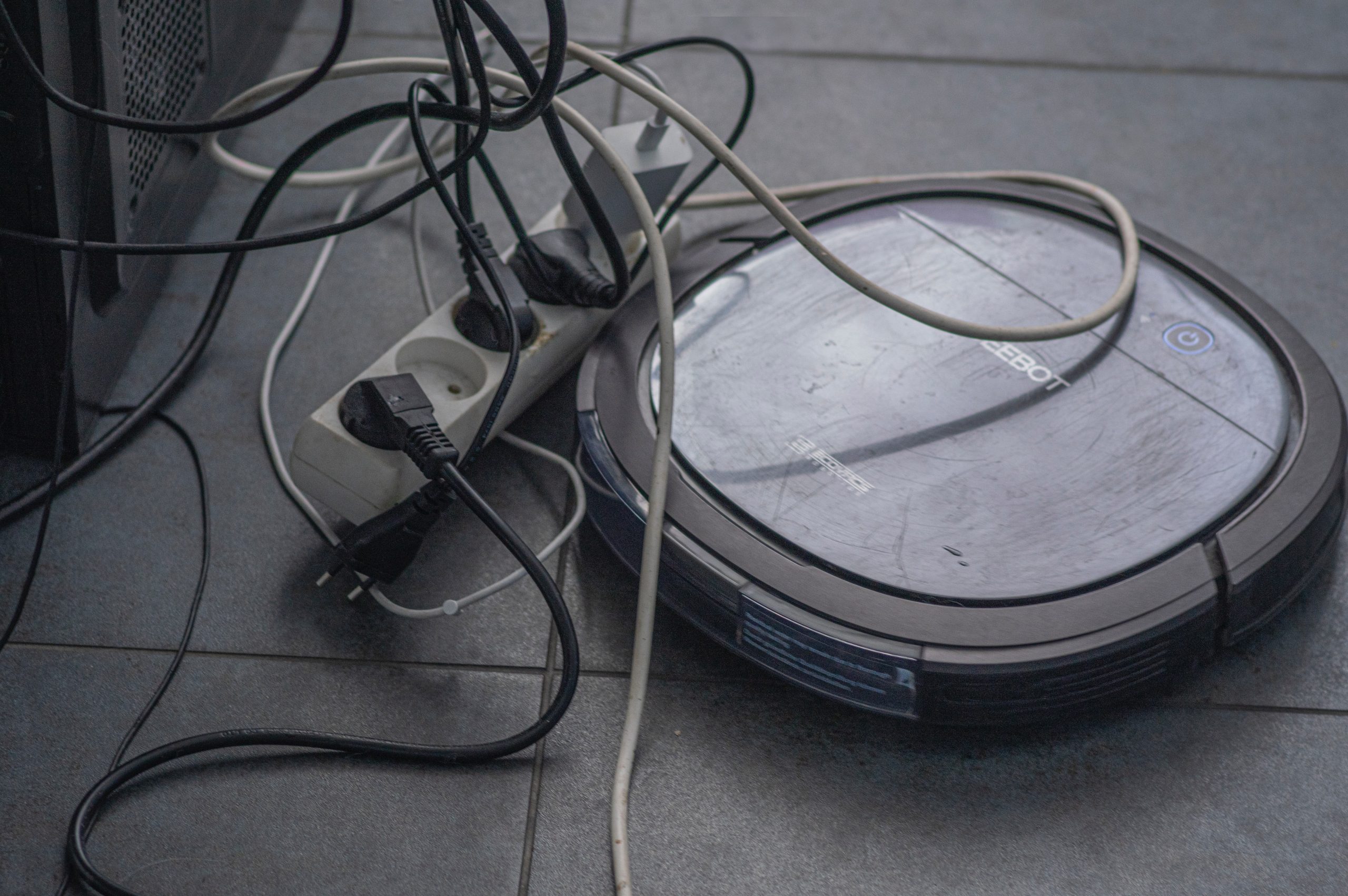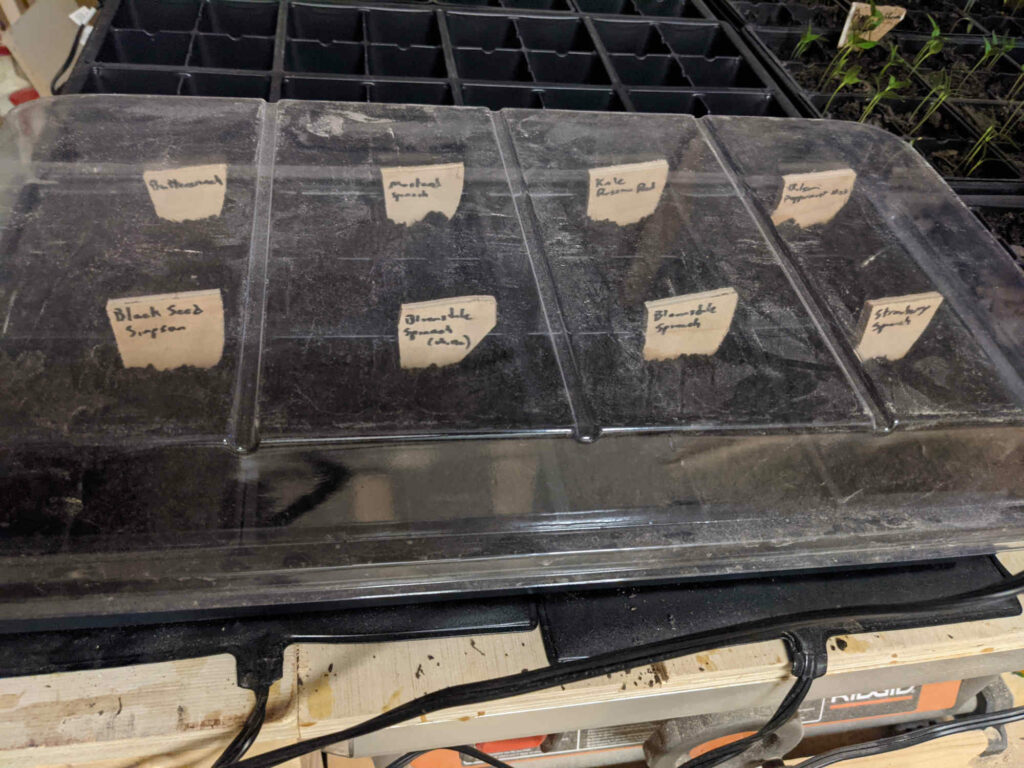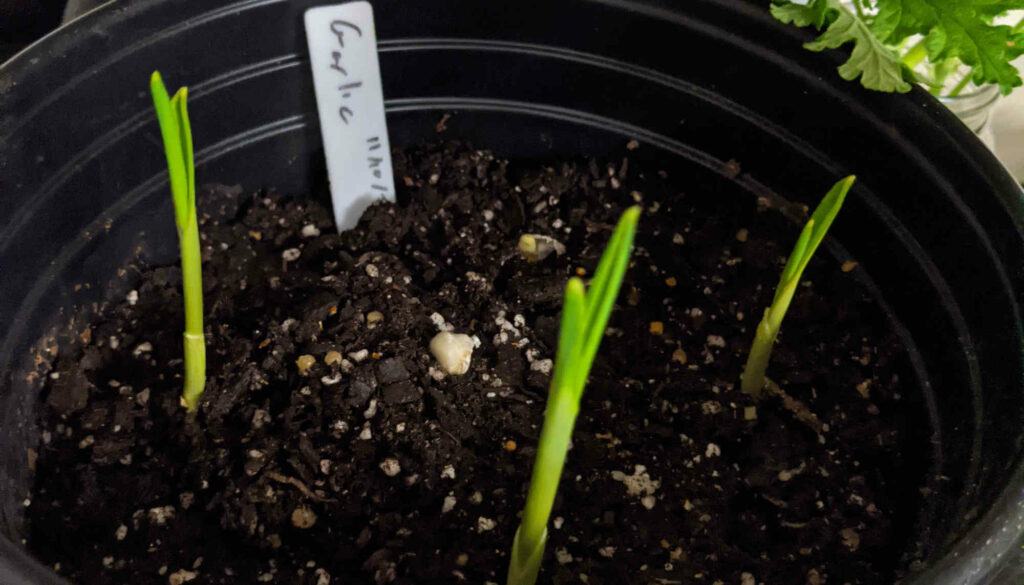Cord management can make the difference between a college dorm and an adult household. It’s also important for protecting pets and loved ones. Unruly cords can pose a safety hazard.
The main purposes for cord management are (1) safety and (2) aesthetics. All the different styles of managing your cables revolve around these purposes.
Your goal: get cords out of sight and out of range of people and pets. Additionally, you want the cords out of range of things that could get tangled in them like a vacuum.
As an added bonus, good cord management can potentially increase your home’s value. Or, at least it won’t lower it from having unsightly cords everywhere.
Electrical Versus Non-Electrical
Firstly, you need to determine if the cables you are managing are electrical or not. There has to be an added level of care for electrical cables.
With electrical cables, you should always unplug them before you start your cord management process.
With all cords, you want to make sure you’re not using a method that will cut through the protective covering of the cable. Additionally, you want to keep the cords as rigid as possible so they can’t rub or twist to the point of breaking in the future.
Ties
One of the easiest methods of controlling your cables is through the use of ties. Ties come in all varieties from velcro to twist ties.
To use ties most effectively, you want to bind up the cords as tight as possible in one or more small bunches that can be hidden or tucked away. If done properly, your cords should have minimal give and you shouldn’t see much of the cord, if any at all.
The major advantages to ties are (1) cost and (2) ease. The cheaper versions of ties are free. Even the most costly are still relatively cheap.
In addition to their cost, ties are great for temporary cords or changing circumstances. Since install is so easy these changes can be made within minutes with no prep work.
Some varieties of ties:
- Cloth
- Velcro
- Plastic or Metal Scrunchy
- Zip Ties
- Twist Ties
Tracks
If you’re looking for more permanence, tracks are a good option.
Wire tracks are semi-permanent cases for cords to run through. They provide an added hard or semi-hard layer of protection.
These tracks can run along the floor, walls, and even your ceiling. People tend to run these along baseboards or wainscoting. I’ve also seen them run behind crown molding.
You can also use nearly flat tracks to protect wires that run along your floor. These prevent tripping as well as protect the cord from vacuums and other threats.
Tracks made for the wall or ceiling can be attached with adhesive or screws, depending on the type you get. The ones along the floor are usually rubberized to prevent slipping.
Clips
Instead of running a loose wire along your floor or install a track, you can use clips. Most clips come with a sticky back or a single screw to attach them to the wall or piece of furniture. Their purpose: keep the cord next to the wall instead of loose.
Clips are also incredibly inexpensive and can be a great alternative to tracks.
Extension Cords
We all know what extension cords are and what they’re used for. My recommendation is to use them sparingly and get the correct length and type from the start. Excess wire looks unsightly and can get in the way.
If you’re looking for extension cords that are permanent, you should look into more aesthetically pleasing extension cords. For example, they make cords that run flat from your outlet and along the wall. These are a lot easier to manage than cheap extension cords.
Power Strips
Power strips aren’t exactly beautiful themselves. However, they limit the number of cords in an open space. Instead of running several cords between an outlet and your piece of furniture, you could have one power strip mounted to the furniture for all your cords to run from.
Hiding Behind Furniture
Of course, the easiest way to manage your cords is to hide them behind your furniture. This works well if you don’t have pets or robot vacuums that love cords.
In an ideal world, all of your outlets are behind pieces of furniture and the cords can be completely hidden from sight. In a realistic world, this is only part of your solution.
Feel Free to be Creative with Cord Management!
Pinterest is full of great ways to manage your cords in an aesthetically pleasing way. For example, this one design uses zip ties to keep your cables separate but together.
Put Away What You’re Not Using
Unless you use a cord every day, it should be put away between uses. The best way to do this is find a way to individually wrap each cord and have a designated place for it in a drawer or cabinet.
I’ve seen people use toilet paper rolls, twist ties, and elastic to keep cords separate. Remember, you don’t want the cords tangled up in the drawer either.







Leave a Reply